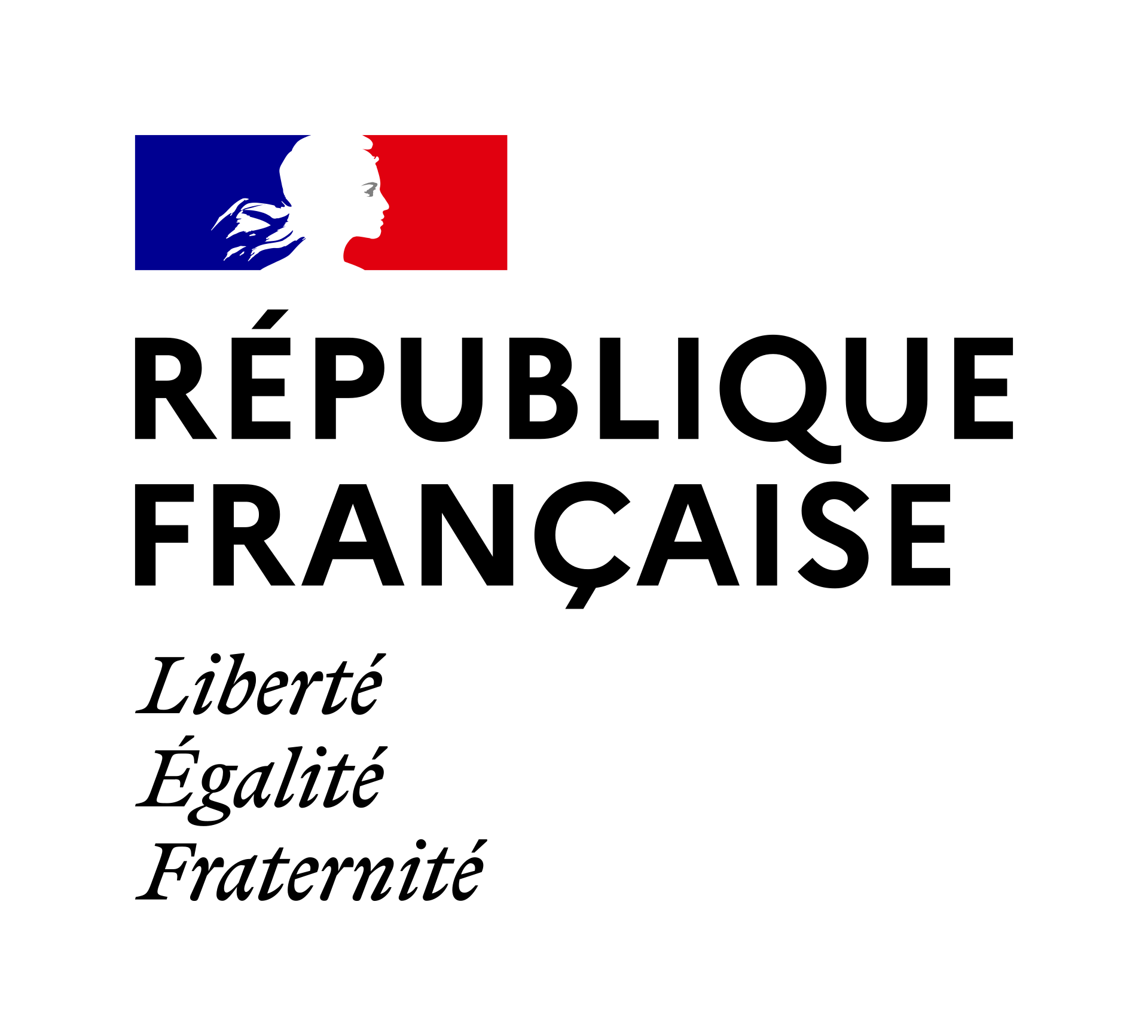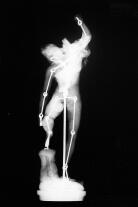Non-invasive analyze of boron and lithium in 18th century Chinese porcelain enamel and glaze: A PIXE/PIGE study
Résumé
In enamelling technology, the natural (raw) materials used before the middle of the 19th century combine by nature different elements whose role in the process can be important even in small quantities. Some of these elements – particularly boron, lithium – are difficult to measure non-invasively and are therefore rarely analyzed. Boron and lithium, often used as additional flux in glazes, were quantified by PIXE and PIGE analysis with the extracted beam of the New AGLAE facility in 18th century porcelains samples, French soft-paste from the Manufacture royale de Sèvres and Chinese hard-paste from the reign of the Qing dynasty. The results were compared to previous conclusions made using SEM/EDS and pXRF in order to assert the presence of boron, previously suspected by Raman microspectroscopy, and to detect the presence of lithium, both provided by a particular flux (borax), mentioned in the historical French and Chinese enamel recipes.
| Origine | Publication financée par une institution |
|---|---|
| licence |




